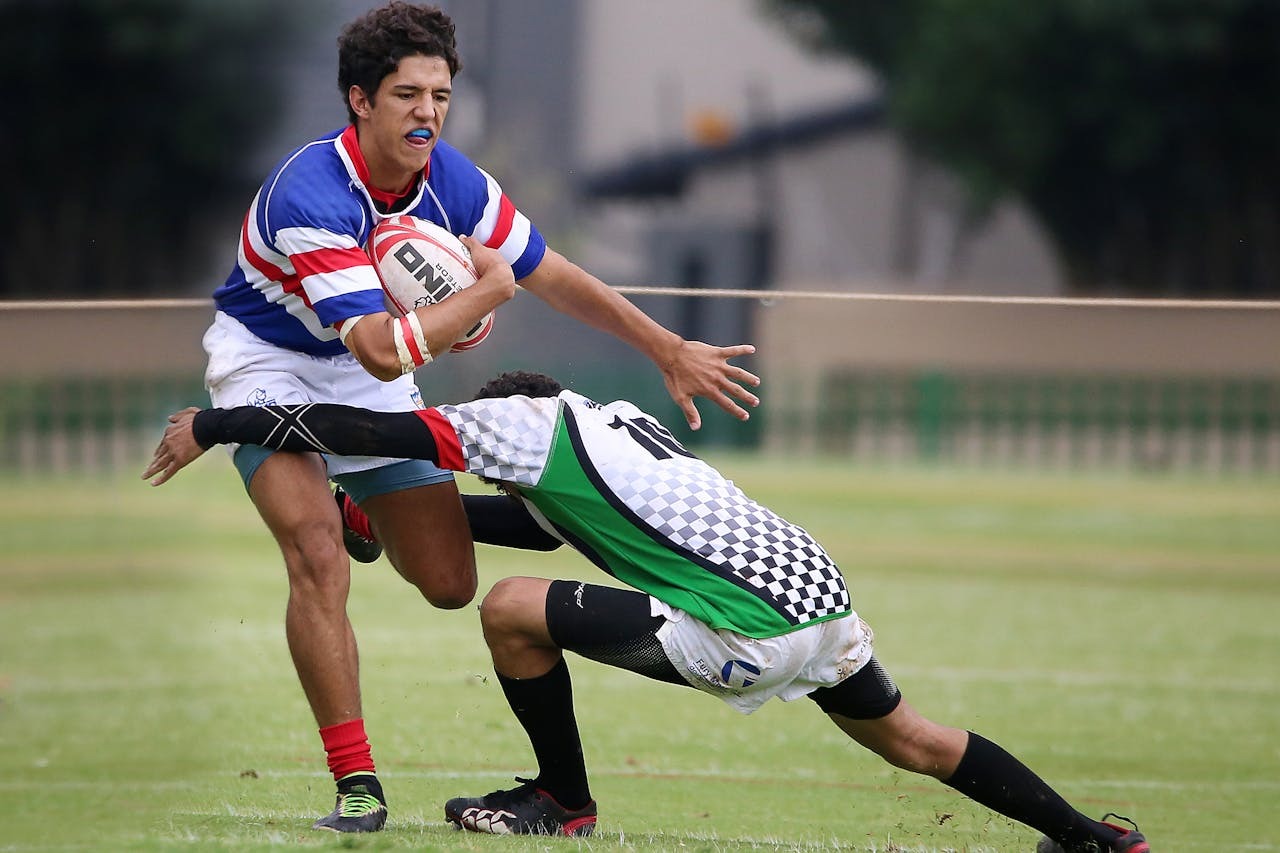Why Knee Injuries Are Common in Rugby
Rugby is a high-impact sport that demands intense physical exertion, increasing the likelihood of knee injuries. Frequent tackling, twisting, and sudden directional changes place significant strain on the knees, often leading to injuries such as:
- Ligament Tears: Particularly anterior cruciate ligament (ACL) injuries, which are common due to high-stress impacts.
- Cartilage Damage: Resulting from wear and tear or trauma during gameplay.
According to a detailed analysis of knee injuries in rugby, these injuries are among the most prevalent and debilitating for players. They can significantly affect mobility, strength, and game performance without proper treatment.
How Laser Therapy Helps Treat Knee Injuries
Laser therapy, specifically low-level laser therapy (LLLT), is a cutting-edge, non-invasive method to treat sports injuries like ligament tears and cartilage damage. By delivering focused light energy to affected tissues, laser therapy promotes cellular healing and tissue repair. Key benefits include:
- Reducing Inflammation: Minimizes swelling in and around the knee joint.
- Accelerating Tissue Regeneration: Stimulates the growth of damaged ligaments and cartilage.
- Alleviating Pain: Reduces nerve sensitivity and enhances blood circulation.
- Non-Invasive Healing: Provides a natural, drug-free alternative to surgical interventions.
Clinical research has demonstrated that LLLT significantly enhances recovery for athletes, reducing downtime and pain. Studies from Lasers in Medical Science have shown improved ligament healing and reduced inflammation with consistent use (Cárdenas-Sandoval, R.P., Bernal-Bernal, L., Cabrera-Salazar, S. et al., 2024).
Rugby-Specific Benefits of Laser Therapy
Rugby players face unique challenges due to the sport’s physicality. Laser therapy offers targeted benefits, including:
- Faster Recovery: Rugby players often need to recover quickly to rejoin the team. Laser therapy expedites healing, getting athletes back on the field sooner.
- Enhanced Mobility: Restores range of motion and knee function, critical for agility and performance.
- Reduced Pain Reliance: Offers relief without depending on painkillers, which can have long-term side effects.
- Prevention of Further Damage: By accelerating recovery, it mitigates the risk of re-injury during rehabilitation.
The Handy Cure Low-Level Laser: A Game-Changer
The Handy Cure Low-Level Laser is a portable and effective tool for rugby players seeking relief from knee injuries. Designed for professional and personal use, this device combines multiple wavelengths of therapeutic light to deliver pain relief and promote healing at the cellular level.
Key Features:
- Lightweight and user-friendly for at-home or on-the-go treatment.
- Clinically validated to reduce pain, inflammation, and stiffness.
- Safe for long-term use without invasive procedures.
The Handy Cure device is a practical choice for rugby players aiming for rapid recovery and improved performance.
For rugby players recovering from knee injuries such as ligament tears and cartilage damage, laser therapy offers a revolutionary solution. By promoting healing, relieving pain, and restoring mobility, laser therapy helps athletes recover faster and stronger. Tools like the Handy Cure Low-Level Laser empower rugby players to take control of their rehabilitation journey.
References:
Cárdenas-Sandoval, R.P., Bernal-Bernal, L., Cabrera-Salazar, S. et al. In-vitro study on type I collagen synthesis in low-level laser therapy on the early ligament fibroblasts’ healing process. Lasers Med Sci39, 225 (2024). https://doi.org/10.1007/s10103-024-04151-7
